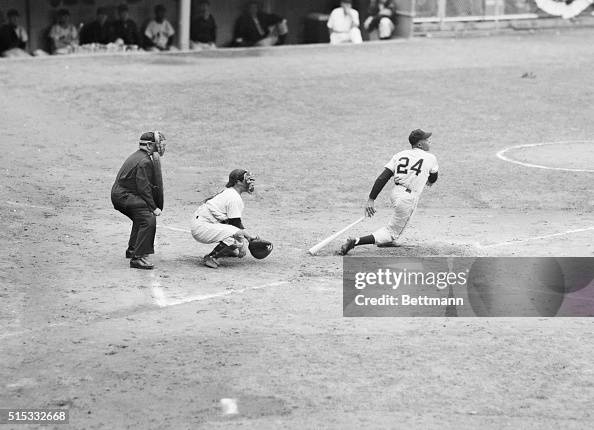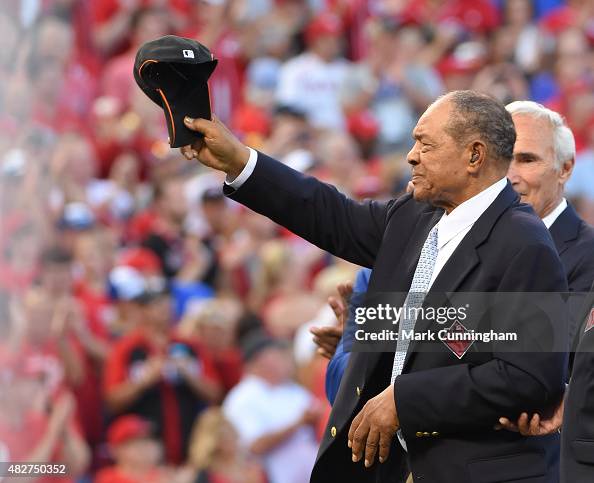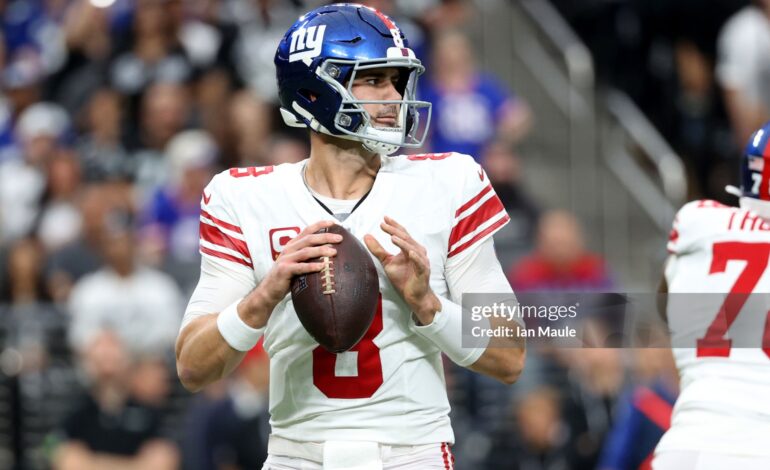Tragedy struck the baseball world Tuesday night, as Willie Mays passed away at the age of 93. Mays spent 22 seasons in the majors with the New York/San Fransisco Giants and New York Mets. Throughout his time in the bigs, “The Say Hey Kid” was one of the best players in the league and one of the greatest players of all time. So much so that he entered the Hall of Fame in his first year of eligibility. He’s also one of only nine players to have his number retired by two different teams. The baseball world lost one of its icons.
A Brief Look At Mays’s Playing Career

Negro Leagues
Mays’s career has so many iconic moments that one section in a blog couldn’t do it justice. So, here is the Sparks Notes version of his time in baseball. Mays started playing in 1948 when he joined the Chattanooga Choo Choo of the Negro Leagues. His time there was short, as later that season he would join the Binghamton Black Barons. However, this was controversial because Mays was still in high school. After his dad and Baron’s manager worked out a deal with the principal, Mays was allowed to play and put on a show on the field. Fans were amazed by Mays’s speed, which made him a great defender and base runner. His performance helped the Barons get to the 1948 Negro World Series.
Major League Baseball
After Mays graduated from high school, he signed a $4,000 contract with the New York Giants. He quickly rose through the Giants’ minor league system and was called up in 1951. He had a strong rookie campaign, which earned him Rookie of the Year honors. After his debut year, he was drafted into the US Army. He returned to the Giants after he was discharged in 1954. In his first year back, he helped the Giants get to the World Series. It was during this series he had his career-defining moment. In the eighth inning of Game 1, Mays made the over-the-shoulder catch, also known as “The Catch”. This is still regarded as one of the best defensive plays in MLB history. Three games later, he won his only World Series title.
He finished his career with a .301 batting average, 660 home runs, and 1,909 RBIs. Mays made it to 24 All-Star teams. This is the second-most of any player of all time. He also earned several awards. He was a two-time NL MVP, 12-time Gold Glove Award winner, and the Roberto Clemente winner in 1971. Mays also led the league in home runs and stolen bases four times. He was added to the MLB All-Century Team and All-Time Team.
Legacy and Impact on Baseball

As mentioned before, many consider Mays to be the greatest baseball player of all time. Without question, he’s in the top three. He’s the textbook definition of a five-tool player, being able to combine power and speed unlike any other has before. He’s the type of player that everyone should strive to be like. So much so that his legendary status continued long after his playing days. Ask anyone who watched Mays play and they would say it’s unlike anything they’ve seen. It’s something that only could be described by actually seeing it for yourself.
He wasn’t just good physically but mentally at baseball too. Many stories have come out from former teammates and players about how Mays would direct everyone on the field where to stand. This is because he had every hitter’s spray chart memorized in his head. He also gave it all on the field, saying his style of play was to go all out whether he was playing four innings or nine.
RIP to a true legend, and a player everyone should look up to.
Thanks for reading! Credit for my feature image goes to the New York Daily News. You can find more MLB content at Belly Up Sports and follow me on Twitter/X.






